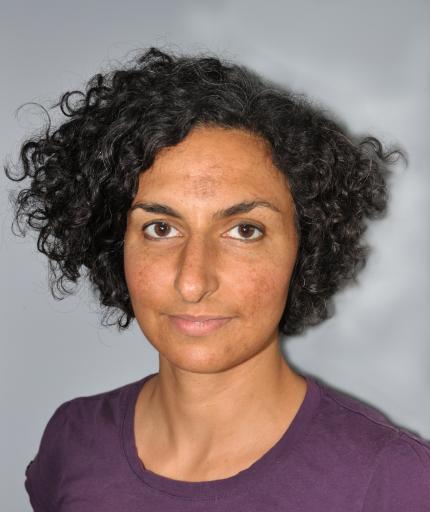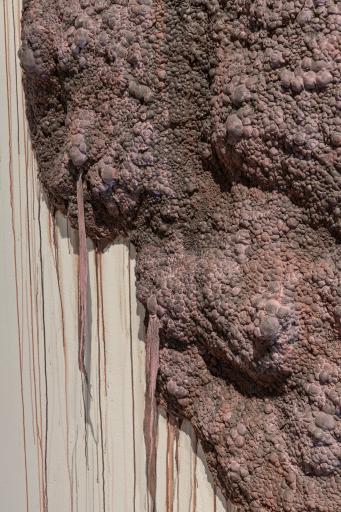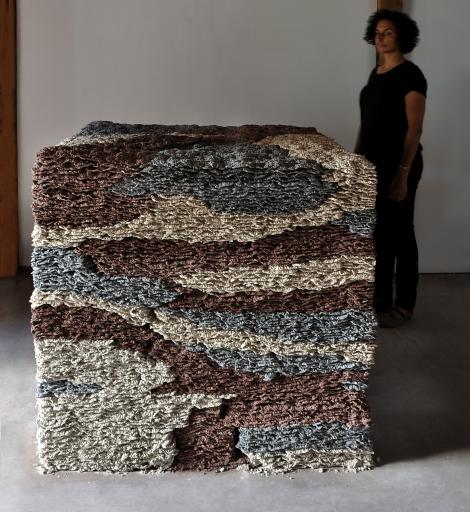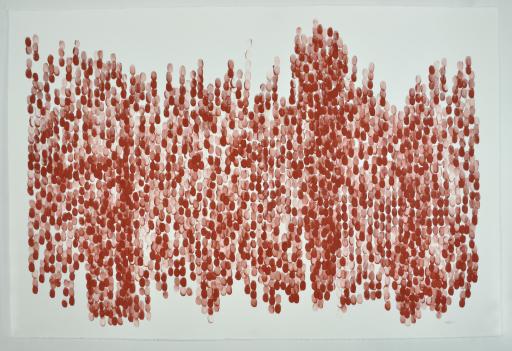
Magdolene Dykstra
- Artist in Residence, Studio Arts
Are you the profile owner?
Sign in to editResearch areas: microbiology, sublime philosophy, landscape, climate change, land art, cave painting, secular Buddhism
Contact information
Biography
Biography
Magdolene Dykstra is a second generation Egyptian-Canadian. After studying both biology and visual arts in undergraduate studies, she received her MFA from Virginia Commonwealth University. Magdolene has participated in residencies at the Medalta Historic Clay District and the Watershed Center for Arts and Crafts. Magdolene has been awarded several grants from the Ontario Arts Council and the Canada Council for the Arts, including Research and Creation Grants, Exhibition Assistance Grants, and Arts Abroad Grants. Recent exhibitions include a site-specific installation at the Gardiner Museum (Toronto, ON). Upcoming exhibitions include a solo exhibition at the Jane Hartsook Gallery (New York,NY). She is also the founder of SWAG, a group dedicated to supporting womxn artists in the Niagara region.
Teaching activities
2020/2021
CERA230 Introduction to Ceramics (Fall)
CERA330 Advanced Handbuilding (Fall/Winter)
CERA391 Urban Clay (Winter)
Research activities
Research Statement
A desire to understand the nature of the human experiencedrives my work. Using sculpture, installation, painting and drawing, my work meditates on the unfathomable multiplicity of humanity.
My compositions are inspired by microbiology, finding lineage in the Romantic artists of the 19th century who used their paintings to evoke the sublime by reminding the viewer of their diminutive status in relation to grandlandscapes. In contrast to macro landscapes, I site the sublime in microbial terrain. In a time of environmental endangerment, my aesthetic of cellular accumulation references the vast numbers of the human race, swarming beyond what is sustainable. At the route of my practice is the question: what is the role of the individual within the horde? Within these works, each individual is absurdly insignificant except for its interconnectedness to everything around them. Gathered en masse, the microbial lifeforms become a force, overwhelming the structures upon which they grow. I compose my work using primarily unfired clay, imparting these roiling masses with precarity to reflect on the fragility of our collective existence. This primordial material also bears the memory of the earliest artists, all the way back to the cave of Le Tuc d’Audoubert in France, where a bull and cow sculpted in raw clay have lain for about 15,000 years.
Drawing on the ephemeral works of land artist Richard Long, my Interventions contextualize the microbial forms in the landscape. Despite the accumulating number of cells in each Intervention, these works are temporal, only surviving as photographs. Out of respect for ecosystem integrity, all clay is removed from the installation site.
Just as prehistoric artists recorded their presence using pigments of the earth, my finger paintings record my presence with a simple, yet persistent gesture. Using soil and naturally occurring oxides, these paintings connect me to the earliest artists, as we insist on recording our existence with the earth. Until the 1960s Canadian immigration policy overtly favored people from European descent. The legacy of this policy is visible in every room I enter. It reminds me, an Egyptian Canadian, that whiteness was the goal for this nation. It is in this context that I continue to assert my existence by recording my presence. Even so, my extremely individual mark is a universal one, shared among all humans. These paintings also meditate on mortality, as the marks of my presence fade.

Detail from "Polyanthroponemia" in RAW at the Gardiner Museum
Toni Hafkenschied

"accumulation of dust made flesh"
Magdolene Dykstra

"Self Portrait Field"
Magdolene Dykstra
Publications
"Disrupting the Canon"
“Disrupting the Canon.” Studio Potter,Studio Potter, 23 Mar. 2020, https://studiopotter.org/disrupting-canon

